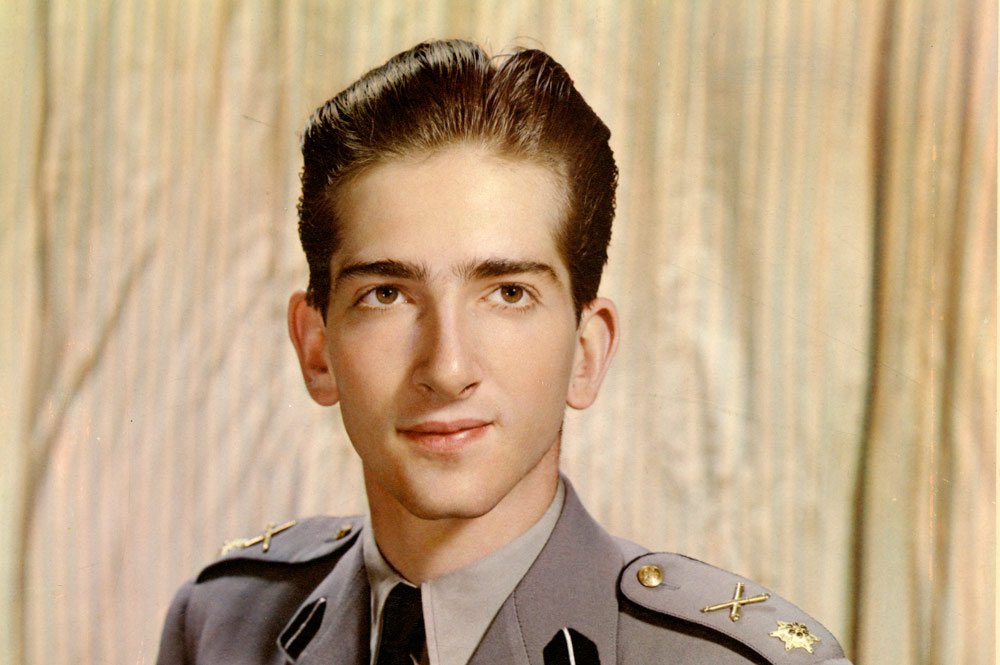
Serbia is holding a state funeral for Yugoslavia’s last king, Peter II, and three other members of his family.
King Peter II acceded to the throne in 1941, aged 17, but fled 11 days later when the Nazis invaded Yugoslavia. He never returned and died in the US in 1970.
The funeral is also being held for his wife, Queen Alexandria, his mother Queen Maria, and brother Prince Andrew.
After the memorial service, they will be buried in the family mausoleum.
Serb leaders and foreign dignitaries were attending Sunday’s service, at St George’s Church in Oplenac, near Belgrade.
The coffins of the four members of the royal family were laid out in the centre of the church before they were to be placed in the crypt, alongside their ancestors.
King Peter II had originally been interred in Libertyville, Illinois, his wife in Greece and his mother near Windsor Castle in the UK.

President Tomislav Nikolic and Prime Minister Ivica Dacic were both involved in the preparations for the funeral.
Although modern-day Serbia has the royal coat of arms on its flag, the attitudes of Serbs towards their old royal family is hard to gauge.
Peter went to school in England but returned home aged 11 when his father, King Alexander I, was assassinated in France in 1934. His brother, Prince Pavle, became Prince Regent until he was overthrown in a military coup for signing a non-aggression pact with Nazi Germany.
For almost 50 years it was part of socialist Yugoslavia. At the end of World War II, Iosip Broz Tito’s communists abolished the monarchy.
“Most people would say it’s doing historical justice to a dynasty that was chased away from Serbia in 1945,” says historian Vladimir Dulovic.
“Except maybe today, by spending 50 years out of the country, they’ve grown a little too foreign for us.”
King Peter II’s son, Alexander Karadjordjevic, often described as crown prince, moved to Serbia in 2001.
An enthusiastic promoter of constitutional monarchy for Serbia, Alexander Karadjordjevic argues that a king removed from the country’s sometimes fractious politics would be a stabilizing figure.
However, According to a recent newspaper poll, only around 40% of Serbs agree.
In October 2012, three other members of Yugoslavia’s former royal family were exhumed in Switzerland and reburied in the Oplenac church crypt.
Yugoslavia’s royal family:
- 1804 Founder of dynasty, Djordje Petrovic, known as Karadjordjevic or “Black George”, leads Serb uprising against Ottomans
- 1811 Karadjordjevic confirmed as ruler
- 1918 Kingdom of Serbs, Croats and Slovenes proclaimed
- 1929 Kingdom of Yugoslavia declared
- 1934 King Alexander I assassinated in Marseille
- 1941 King Peter II goes into exile
- 1945 Crown Prince Alexander II born in London. Iosip Broz Tito’s communists abolish monarchy
- 1970 Peter II dies in US